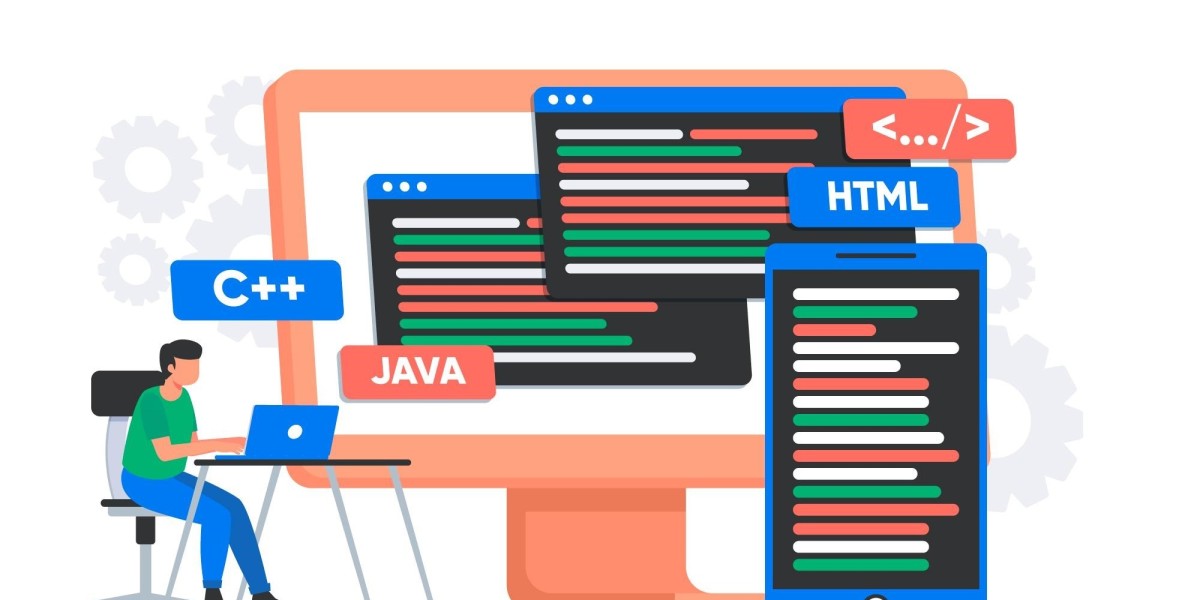As we step into 2023, Java continues to be a prominent force in the software development landscape. With its rich history, robust ecosystem, and platform independence, Java remains a favored choice for building a wide range of applications. However, like any technology, Java is continually evolving to meet the demands of the rapidly changing technological landscape. In this article, we will explore the top seven Java trends that are shaping the future of the language and its applications in 2023.
Java for Cloud-Native Development:
In recent years, the adoption of cloud-native architectures has surged due to the benefits of scalability, flexibility, and cost-effectiveness it offers. Java, being one of the oldest and most trusted languages, is adapting to this trend. In 2023, we can expect a surge in Java frameworks and tools tailored for cloud-native development, leveraging technologies like Kubernetes and Docker. These tools will empower developers to build applications that are highly resilient, easily deployable, and optimized for cloud environments.
Acceleration of Jakarta EE:
Jakarta EE, the successor of Java Enterprise Edition (EE), is gaining momentum as the new standard for developing enterprise applications. In 2023, we will witness further advancements in Jakarta EE, as it evolves to cater to modern enterprise needs. The community's commitment to maintaining backward compatibility and its focus on microservices and cloud-native architectures will solidify Jakarta EE's position as the go-to platform for building scalable and robust enterprise solutions.
Rise of Quarkus for Microservices:
Quarkus, a Kubernetes-native Java framework, has rapidly gained popularity due to its focus on optimizing Java applications for cloud-native microservices architecture. Quarkus offers significant improvements in startup time, memory footprint, and overall performance, making it an attractive choice for developing microservices in 2023. As the demand for scalable and efficient microservices continues to grow, Quarkus is poised to become a mainstream framework for Java developers.
Enhanced Support for Reactive Programming:
Reactive programming has gained traction in recent years for building responsive and resilient applications. Java, with its cutting-edge Java development services, has adapted to this trend with the introduction of reactive libraries like Reactor and Vert.x. In 2023, we can expect further enhancements in these libraries and more extensive support for reactive programming paradigms in the core Java APIs. As businesses increasingly demand real-time applications, the expertise of Java development services in reactive programming will be crucial for developing responsive and highly interactive user experiences.
Java for IoT and Edge Computing:
With the proliferation of Internet of Things (IoT) devices and the emergence of edge computing, Java is well-positioned to play a significant role in this domain. Java's portability, security features, and support for embedded systems make it an ideal choice for developing IoT applications. In 2023, we can expect Java to continue its growth in the IoT space, enabling developers to build smart and connected devices efficiently.
Adoption of Project Loom:
Project Loom, an ongoing OpenJDK project, aims to introduce lightweight, user-mode threads (fibers) to Java. By providing an efficient and scalable way to handle thousands of concurrent tasks, Project Loom will revolutionize Java's concurrency model. In 2023, we can expect significant advancements in Project Loom, making it easier for developers to work with large-scale applications that require high concurrency.
Increased Focus on Security:
As cyber threats continue to evolve, security remains a top concern for businesses and developers alike. Java has always emphasized security, and this focus will only intensify in 2023. The Java community will continue to implement security enhancements, updates, and best practices to ensure that Java applications remain resilient against potential vulnerabilities and attacks.
Conclusion:
Java's future in 2023 looks promising, as the language adapts to the ever-changing technology landscape. With its evolution towards cloud-native development, the rise of Jakarta EE for enterprise applications, and the increasing popularity of frameworks like Quarkus for microservices, Java application development services continue to position it as a versatile and reliable choice for developers. Embracing reactive programming, IoT, and edge computing will further strengthen Java's position in various domains. Additionally, advancements in Project Loom will revolutionize Java's concurrency capabilities, making it easier for Java application development services to develop highly concurrent applications. As we move forward, Java's commitment to security will continue to instill confidence in developers, ensuring that Java remains a preferred language for building secure and scalable applications in 2023 and beyond.



